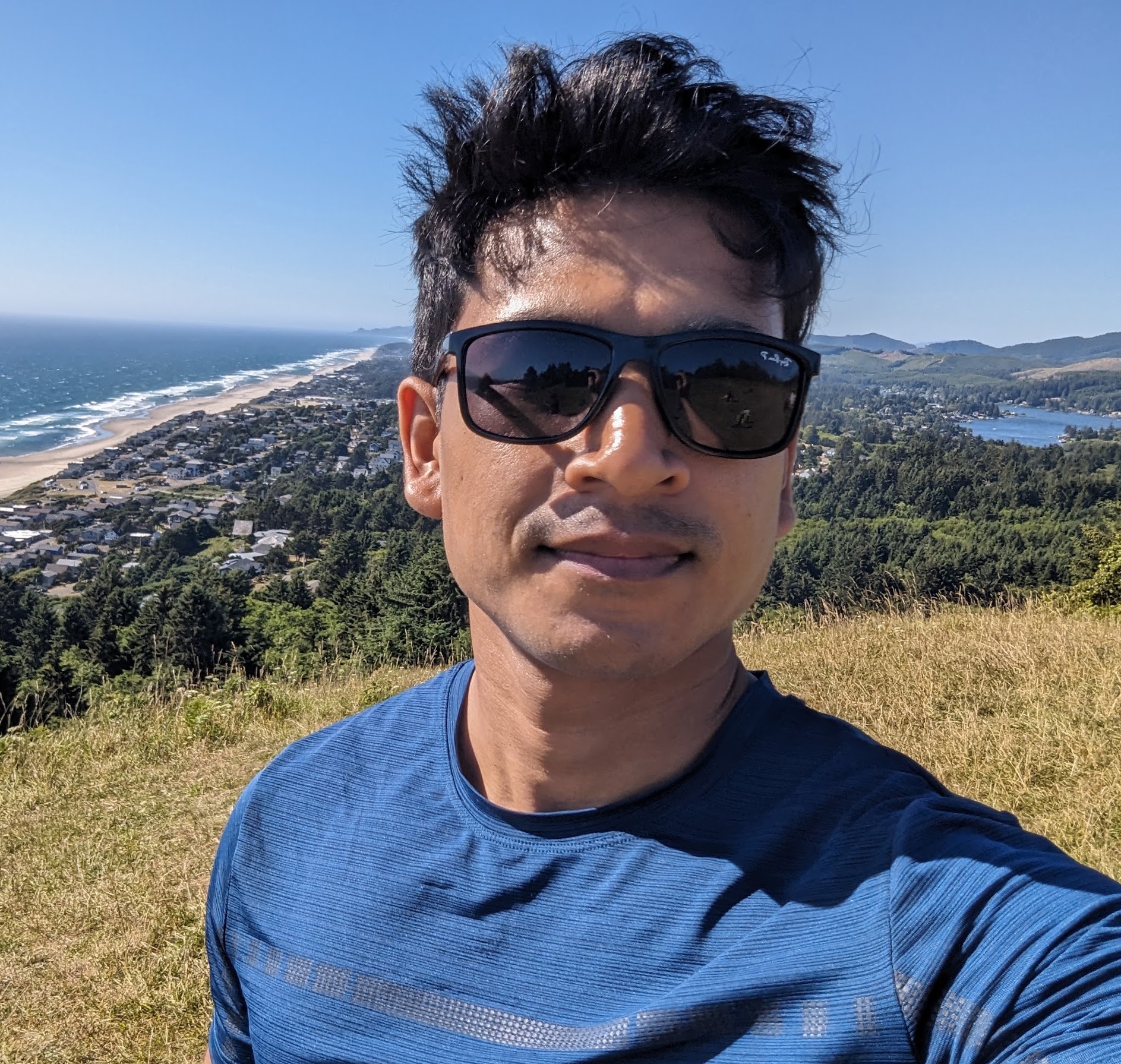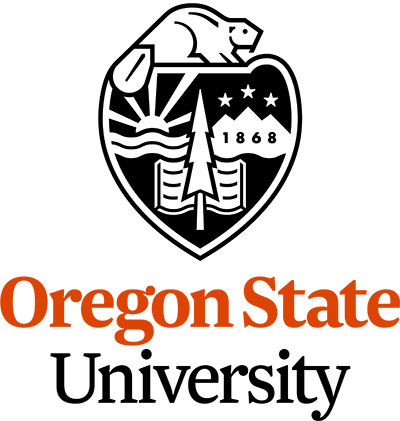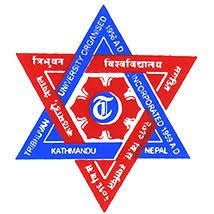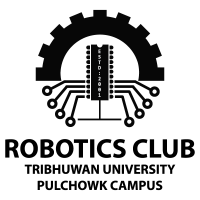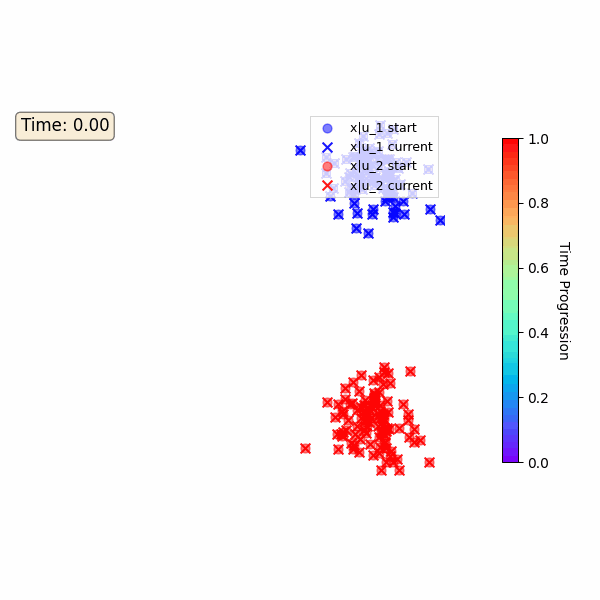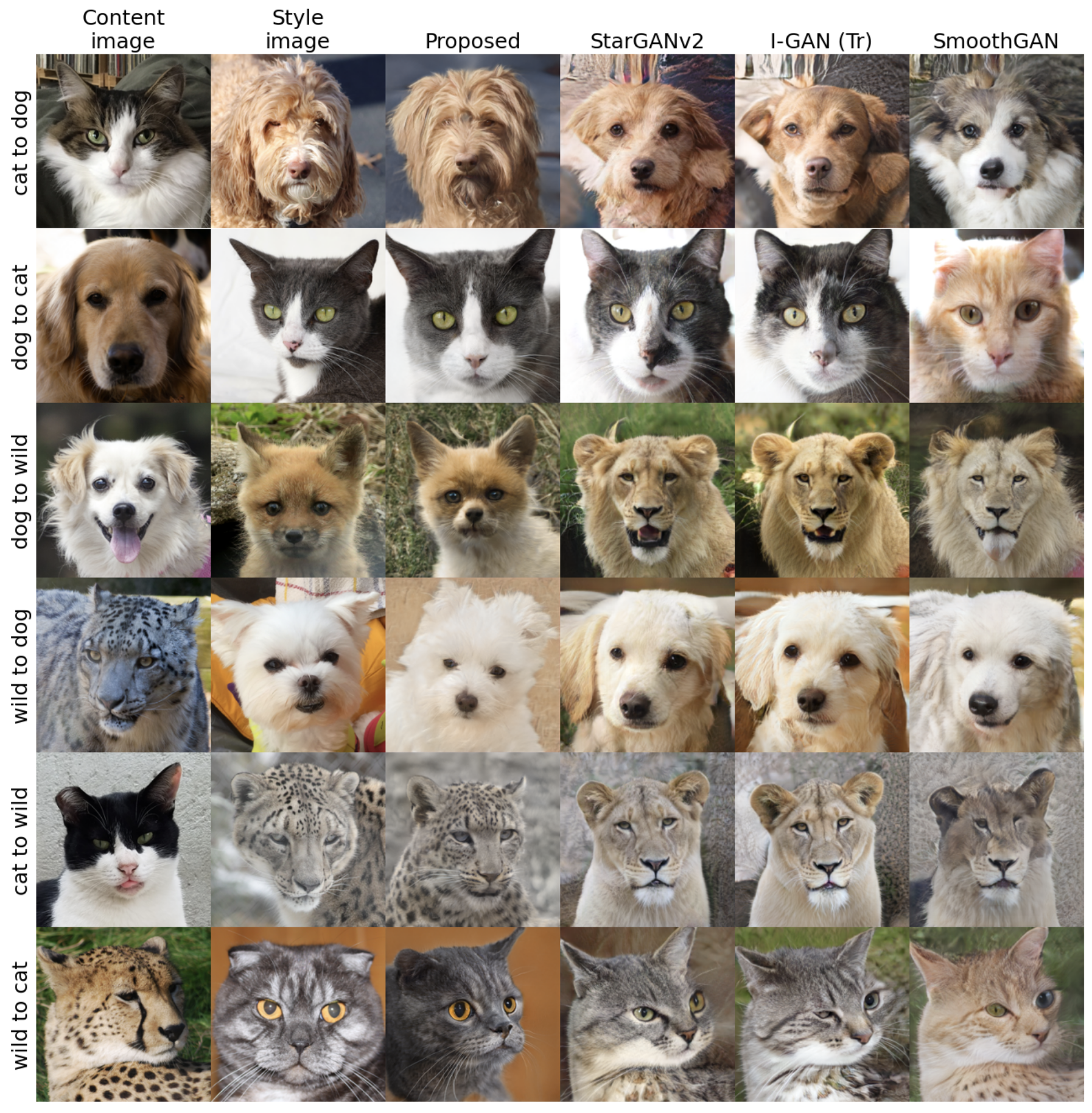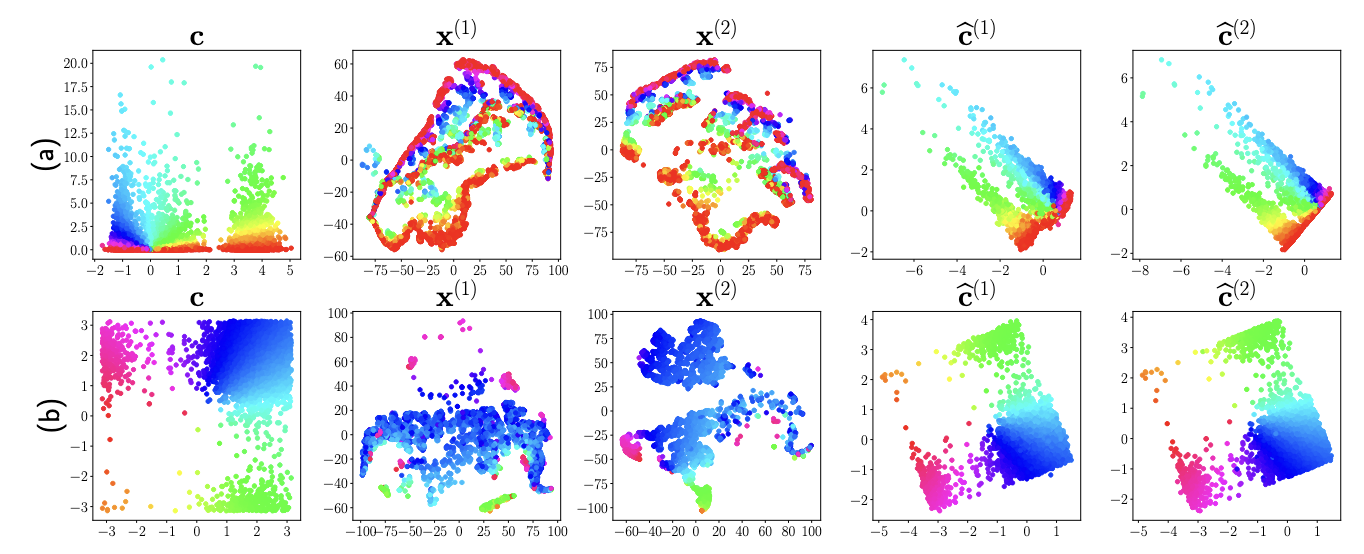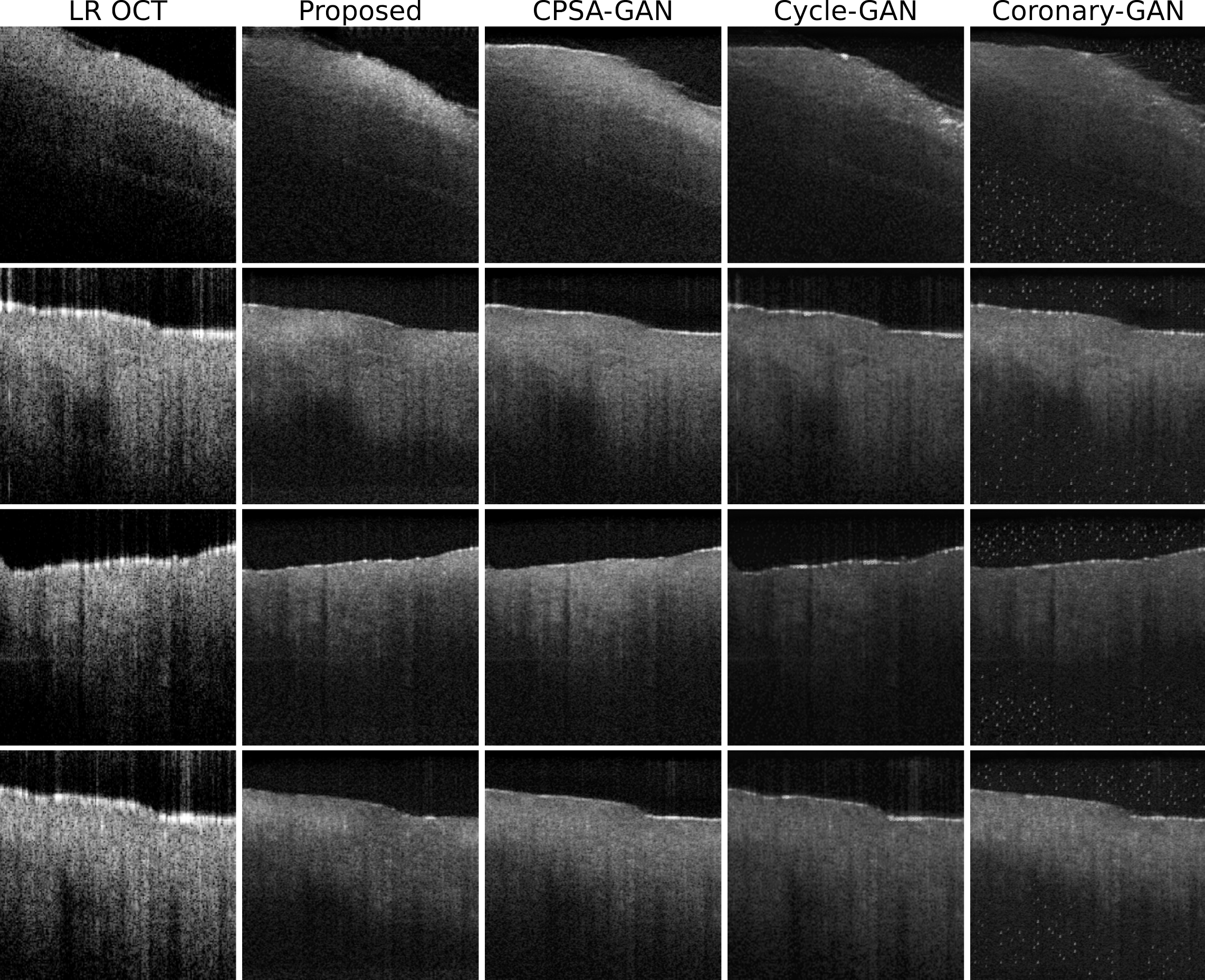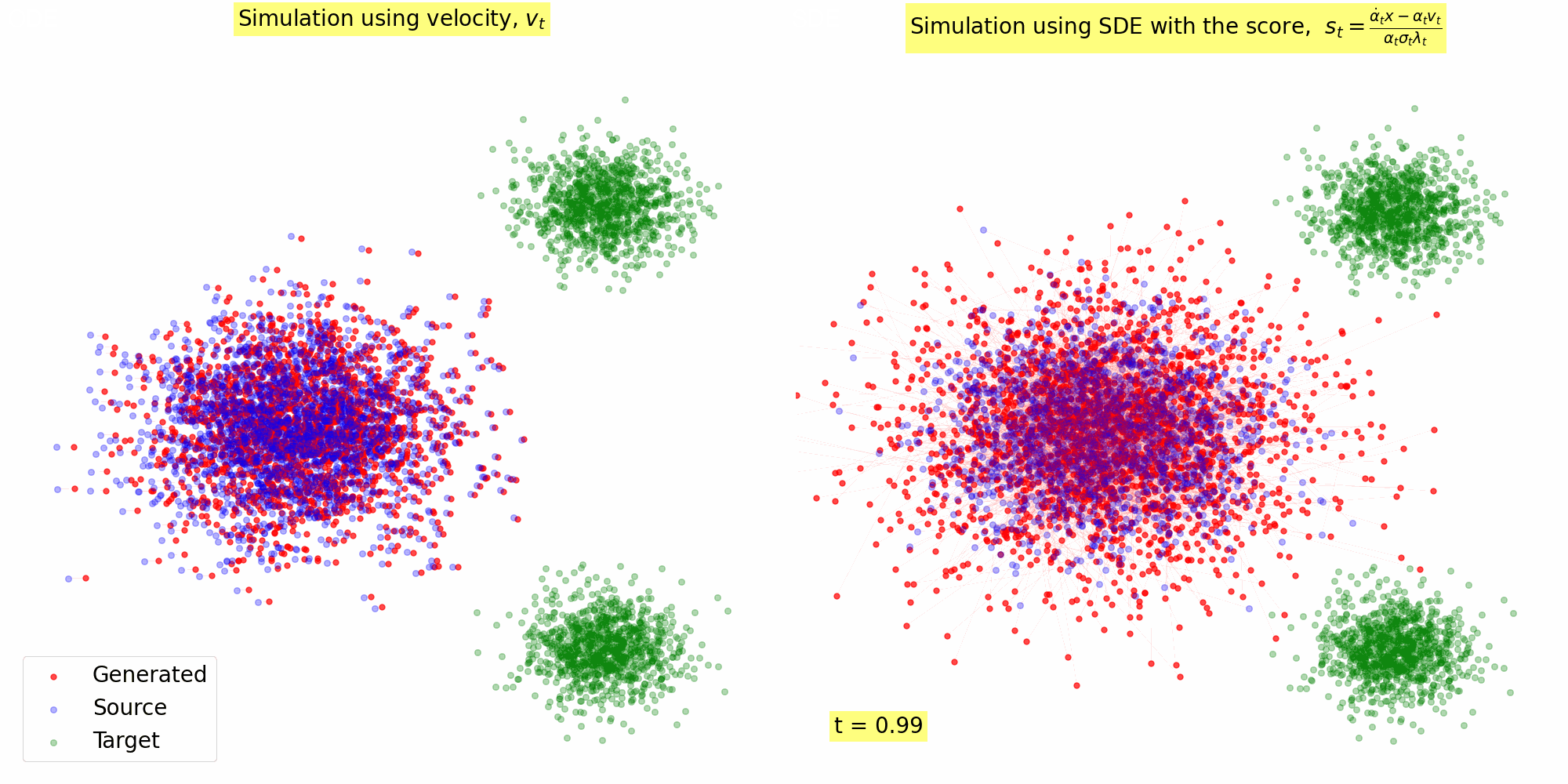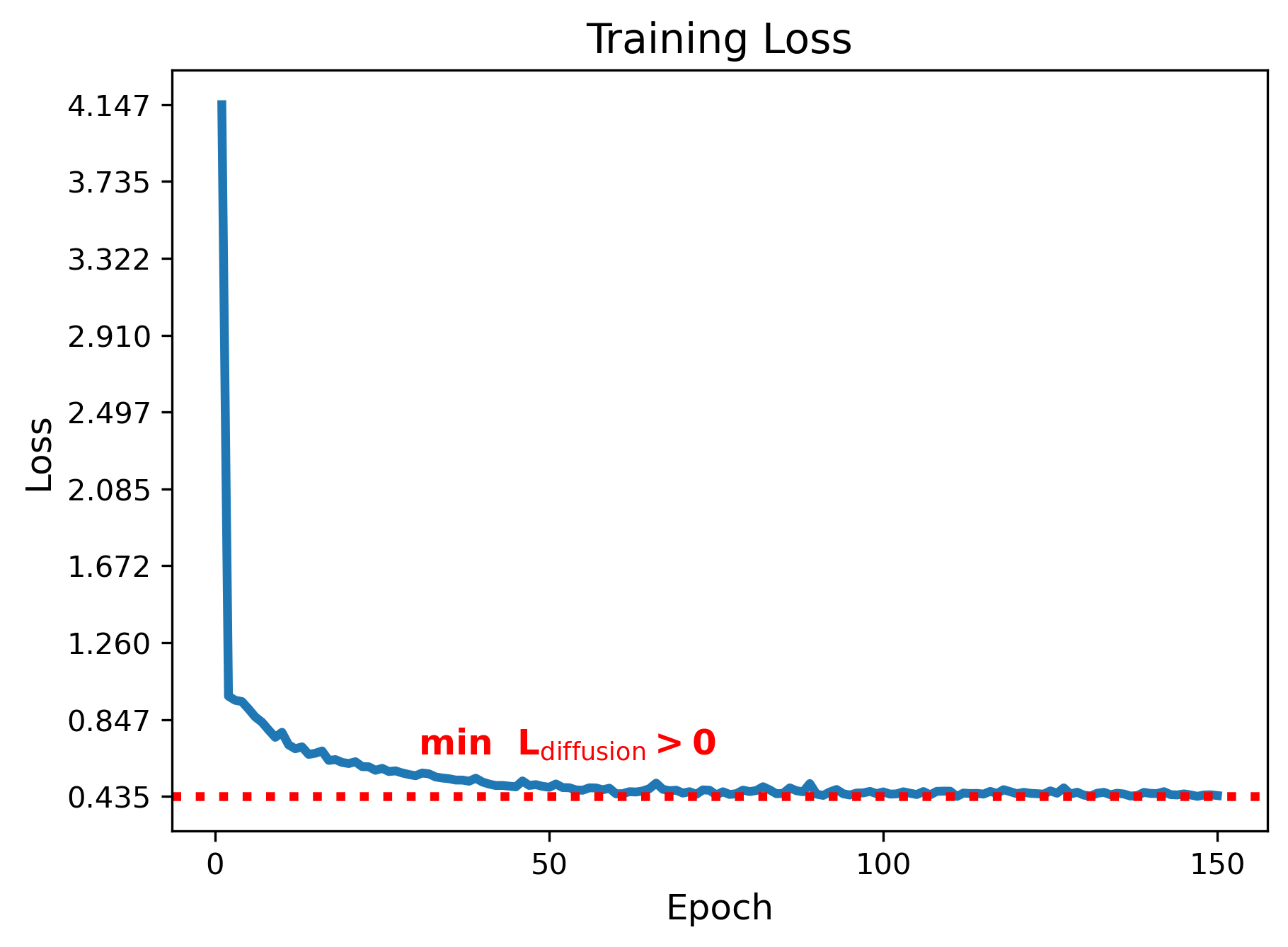Deep Spectrum Cartography: Completing Radio Map Tensors Using Learned Neural Models
Sagar Shrestha, Xiao Fu, Mingyi Hong
IEEE Transactions on Signal Processing (TSP) 2022
The spectrum cartography (SC) technique constructs multi-domain (e.g., frequency, space, and time) radio frequency (RF) maps from limited measurements, which can be viewed as an ill-posed tensor completion problem. In this work, an emitter radio map disaggregation-based approach is proposed, under which only individual emitters radio maps are modeled by DNNs.
